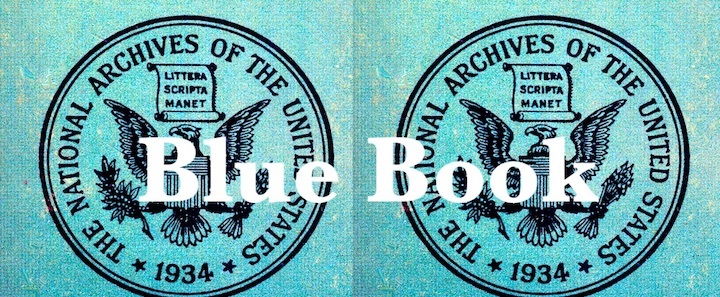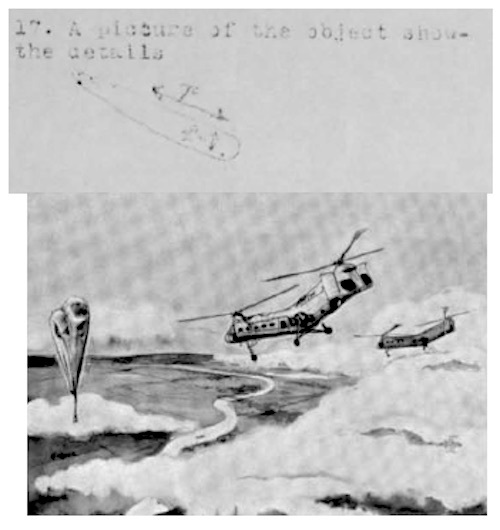
The 701 Club: Case 7851 April 4, 1962 Wurtland, Kentucky
Don Berlinner lists the case as follows:
Wurtland, Kentucky. 0150Z. Witnesses: G.R. Wells and J. Lewis, using 117x telescope. One small object changing brightness, gave off smoke but remained stationary like a comet for 6 minutes. Case missing from official files.1
The description by Sparks is essentially the same and he also states the case is missing. 2
The Blue Book file
Despite what Berlinner and Sparks state, there is a case file for this event.3 It is not very big but most of the unknowns usually have small case files. The file consists of the report made by the witnesses and it is better than the usual report. While the witnesses appear to have been teenagers, they provided pertinent information from their astronomical observations. When a witness identifies the location of the object in relation to stars like Gamma Viriginis, you know that they had some knowledge of the night sky and that their description would be fairly accurate.
Analysis
There are several possibilities to consider in this case. The first might be a rocket booster venting gases. The position of being near Gamma Virginis puts it only 1-2 degrees south of the celestial equator and this might be a geostationary object. However, the first satellites of this type were not launched until 1963. Since there could not be such vehicles in orbit, the stationary nature of the object indicates it was not anything launched into space.
This brings us to the another possibility - that it was a balloon. The balloon theory could explain this because the sighting was during late twilight and could have reflected the sunlight for a brief period of time to peak around magnitude -2. The location of the target was about 176 degrees from the sun’s right ascension (towards the Southeast). This means the sun was probably the source of illumination.

It would also explain this was observed from one general location. Wurtland, Kentucky is near the Kentucky, West Virginia and Ohio border region. It is not very populated and any balloon probably would have been visible only over a limited region..
The description of the shape also tends to indicate it could have been a research balloon. The StratoCat website, while not complete, lists an Ash Can balloon being launched from Minnesota on April 2.4 There are no details regarding that balloon’s flight or duration. However, it was not unheard of for these balloons to be aloft for more than one day. Boeing magazine reports they had their H-21s chasing a project Ash Can balloon, launched from Goodfellow AFB, for two days until it came down over Georgia.5
Radiosonde data from the region does support an eastward track.6 Upper level winds (40-50,000 feet) were all from the West, Northwest, or Southwest in the central US during this time period. Assuming the balloon was in the stratosphere, it would have gone along the standard west to east track commonly seen in the month of April (a balloon launched from Texas, on March 26, went eastward and landed in Mississippi)

Conclusion
This report is an interesting one and it is too bad, we don’t have observations from another location. As a result, we cannot come up with a solid conclusion as to what the source of the report was. The description of the shape, stationary nature of the object, and the fact that it was apparently illuminated by the sun, supports that this could have been a research balloon. However, since we can’t identify where the balloon came from, we have to consider this as only possibly a research balloon.
Quelle: SUNlite 2/2020
